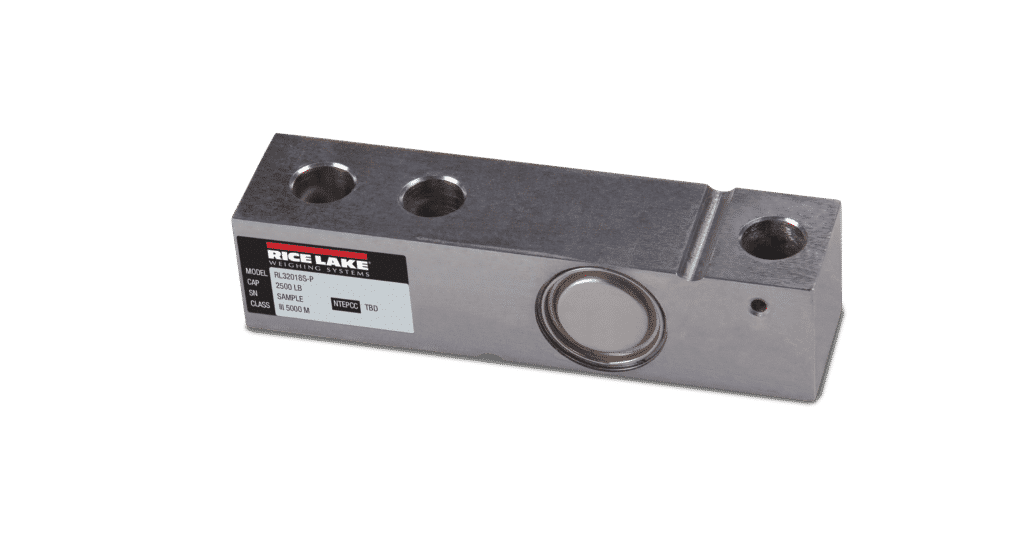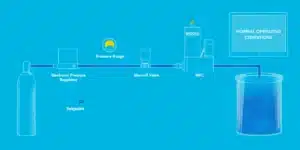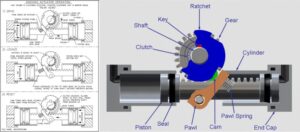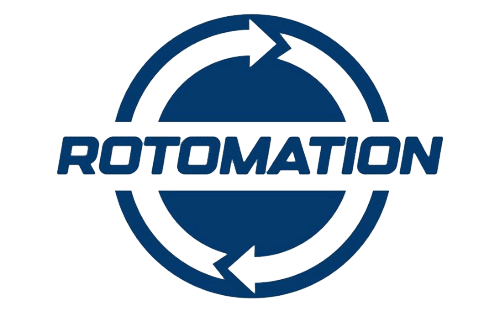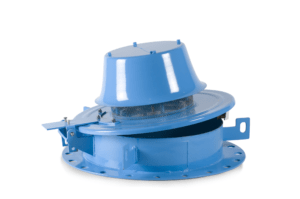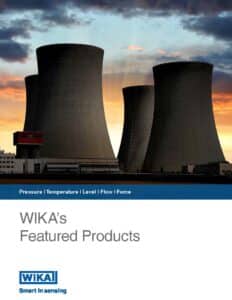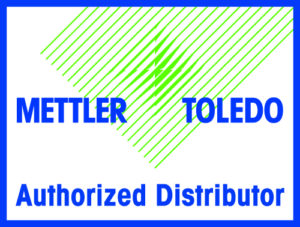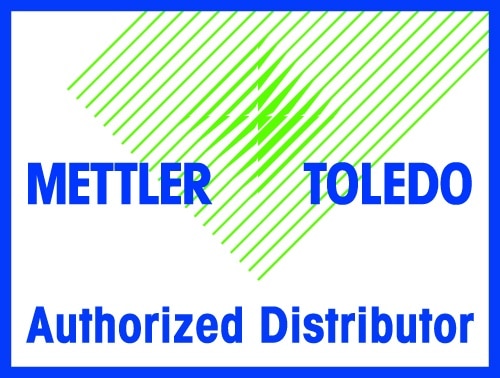Rice Lake Resource

Loadcells are the essential part of any weighing system and how they are sealed affects performance in the particular scale environment. The article below, from our partner Rice Lake Weighing Systems, is an excellent synopsis of the different type of load cell seals available.
WHY DOES IT MATTER?
The method and material used to seal your load cell depend on your application needs. If the correct method is not chosen, this could lead to premature load cell failure.
Hermetically sealed load cells are best used when you need to keep moisture from entering the load cell. If your equipment is washed down regularly, exposed to dust or humidity changes, this will be the best seal type for your application. Although this option can cost more, it may be the best option for applications with harsh conditions.
Environmental seals entail potting the cavity at the location of the strain gauge, then covering that potting and using washers and O-rings where the cables enter the load cell. These are best for normal indoor or outdoor applications that already have extra protection. This type of seal protects the load cell from moderate humidity, debris and dust.
Welded seal load cells are best for protecting the load cell from being wet occasionally, but not for a heavy washdown. They are similar to hermetically sealed load cells however, the load cell cable location is different. This type of load cell is also environmentally protected but with welded covers for additional protection from moisture and air. With this option, the gauge area is protected but the cable entry is not.
Cross Company is proud to be a partner with Rice Lake Weighing Systems. They have an extensive range of scales and load cells for any application. To learn more about Rice Lake’s products, please visit their provider page or contact us using the button below.


